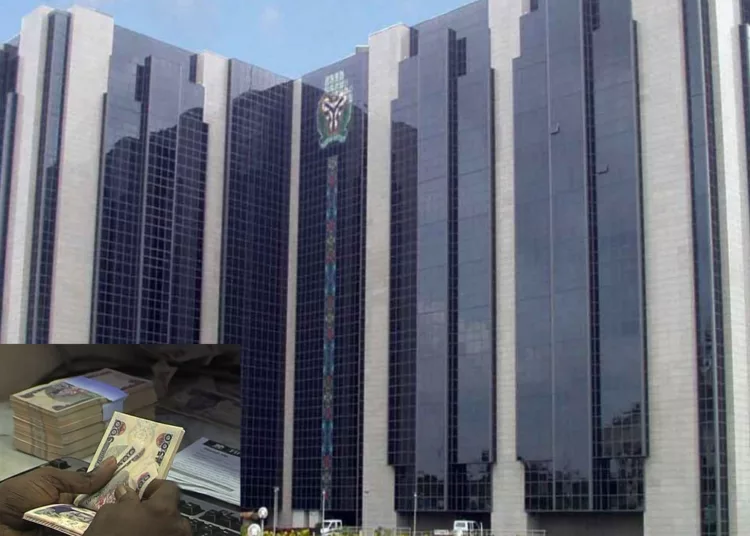No fewer than 11 commercial banks exceeded the Central Bank of Nigeria’s (CBN) five per cent regulatory limit for non-performing loans (NPLs) in April 2025.
This increase was mainly due to an industry-wide loan reclassification carried out during the annual risk assessment, a member of the CBN’s Monetary Policy Committee (MPC), Mustapha Akinwunmi has said,
In a personal statement released after the 300th MPC meeting in May, Akinkunmi said, “The Non-
Performing Loans (NPL) ratio rose to 5.62 per cent in April 2025, exceeding the five per cent prudential threshold, largely due to loan reclassifications following annual risk assessments,” The reclassifications, which typically occur as part of year-end credit quality evaluations, caused the industry-wide NPL ratio to rise above the CBN’s 5 percent prudent benchmark. This marks an increase from a year earlier, when only six banks were guilty of the breach. The names of the 11 banks guilty of this breach were not disclosed.
Akinwunmi noted that the breach reflects a more accurate accounting of credit risk rather than a sudden deterioration in asset quality. According to him, the CBN might consider temporary forbearance measures for sectors like oil and gas that are more exposed to global shocks.
The breach in NPL limits comes amid sustained monetary tightening. The CBN has held its Monetary Policy Rate at 27.5 percent since November 2024, following several measures throughout the year to curb inflation and stabilise the naira.
While increased interest rates have skyrocketed borrowing costs and strained loan performance in some sectors, the overall health of the banking industry remains stable, supported by strong capital buffers and liquidity positions.
CBN deputy governor for Economic Policy, Muhammad Sani Abdullahi, explained that the rise in non-performing loans does not reflect a structural decline in loan quality.
“The banking sector remains robust, continuing to support economic activities. The rise in NPLs is attributable to the reclassification of loans during the annual risk assets examination,” he said.
Data from the CBN’s most recent financial soundness indicators are positive: the industry’s capital adequacy ratio surged from 10.81 percent in April 2024 to 15.55 percent in April 2025, highlighting progress under the CBN’s ongoing bank recapitalisation drive.
“The increase in CAR is largely attributed to ongoing bank recapitalization efforts. So far, 19 banks have raised additional capital, and 7 have met new requirements,” Akinwunmi said.
“However, Nigeria’s CAR still lags international benchmarks, necessitating further strengthening,” he added.
The system-wide liquidity ratio was reported at 50.6 percent in January to 55.4 per cent by March, while net interest margin jumped to 67.0 percent in April, driven by reduced operating costs. Year-on-year, total assets grew by N30.83 trillion (22.35 per cent), deposits rose by N19.93 trillion (23.58 per cent), and credit to the economy expanded by N5.99 trillion (10.8 per cent).
Notably, banks issued 19,504 new loans worth N417.1 billion between March and April alone, reflecting sustained lending activity despite economic headwinds.
To enhance financial stability, the Central Bank of Nigeria (CBN) has directed banks under regulatory moderation to halt dividend payments, executive bonuses, and offshore investments.
This measure targets firms receiving temporary relief for credit and Single Obligor Limit (SOL) breaches and is part of the CBN’s broader effort to reinforce capital buffers, strengthen balance sheets, and promote prudent capital retention across the sector.





